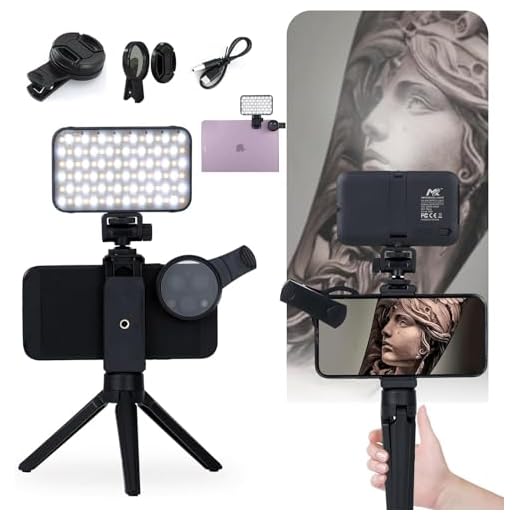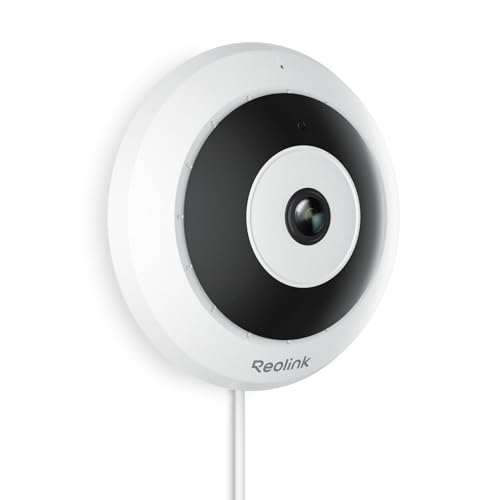




When it comes to smartphone photography, the iPhone has long been considered a leader in the industry. However, in recent years, many have noticed that the iPhone camera seems to be falling behind its competitors. So what exactly is causing this decline in performance?
One of the main reasons for the iPhone camera falling behind is the lack of innovation in recent models. While Apple has made incremental improvements to its camera technology, other smartphone manufacturers have been pushing the boundaries with new features and advancements. This has left the iPhone playing catch-up in terms of camera quality and capabilities.
Another factor contributing to the iPhone’s decline in camera performance is the increasing importance of computational photography. Many Android devices now boast advanced AI algorithms and software enhancements that significantly improve image quality and processing speed. The iPhone, on the other hand, has been slower to adopt these technologies, putting it at a disadvantage in the competitive smartphone camera market.
Reasons Behind iPhone Camera Falling Behind Competitors
Apple’s iPhone cameras have long been praised for their quality, but in recent years, they have fallen behind competitors in terms of innovation and features. There are several reasons why this may be the case:
Lack of Megapixel Race
While other smartphone manufacturers have been focusing on increasing the number of megapixels in their cameras, Apple has chosen to prioritize other aspects of camera technology, such as image processing and software optimization. This has led to iPhones having lower megapixel counts compared to some competitors.
Slow Adoption of New Technologies
Apple has been criticized for being slow to adopt new camera technologies, such as periscope lenses for improved zoom capabilities or larger camera sensors for better low-light performance. This has put them at a disadvantage compared to competitors who are quicker to implement these features.
| Reasons Behind iPhone Camera Falling Behind |
| 1. Lack of Megapixel Race |
| 2. Slow Adoption of New Technologies |
Lack of Innovation in Hardware
One of the reasons why iPhone cameras may fall behind is the lack of innovation in hardware. While Apple has made significant improvements in software optimization and image processing, the actual camera hardware has not seen major upgrades in recent years. Other smartphone manufacturers have been pushing the boundaries of camera technology with features like larger sensors, higher megapixel counts, and advanced zoom capabilities.
Apple’s focus on refining existing technologies rather than introducing groundbreaking hardware innovations has led to iPhones being outpaced by competitors in terms of camera performance. To stay competitive in the smartphone market, Apple may need to invest more in developing cutting-edge camera hardware to keep up with the rapidly evolving industry standards.
Slow Adoption of Advanced Camera Technologies
One reason why iPhone cameras may fall behind their competitors is the slow adoption of advanced camera technologies. While Apple has made significant improvements to the iPhone camera over the years, other smartphone manufacturers have been quicker to incorporate cutting-edge features such as multiple lenses, larger sensors, and advanced image processing algorithms.
Apple has been known to prioritize overall user experience and software optimization over hardware upgrades. This approach has allowed iPhones to deliver consistent and high-quality photos, but it has also meant that the company may lag behind in terms of hardware innovation compared to its competitors.
Additionally, the development cycle of new iPhone models may also contribute to the slower adoption of advanced camera technologies. Apple typically releases a new iPhone once a year, which may limit the speed at which the company can introduce new camera features compared to manufacturers that release multiple new models throughout the year.
Limited Focus on Camera Software Optimization
One of the reasons why iPhone cameras may fall behind compared to other smartphone cameras is the limited focus on camera software optimization. While Apple is known for its high-quality hardware, the software that powers the camera may not always be as advanced as the competition.
Other smartphone manufacturers like Google and Samsung invest heavily in developing advanced camera software features such as night mode, portrait mode, and AI-powered image processing. These features can significantly enhance the quality of photos taken with a smartphone camera.
Apple, on the other hand, has been criticized for not innovating enough in the camera software department. While iPhones still produce great photos, they may lack some of the advanced software features that can be found in other smartphones.
By focusing more on camera software optimization and introducing new innovative features, Apple could potentially bridge the gap and catch up with its competitors in the smartphone camera race.
Inadequate Low-light Performance
One of the areas where iPhone cameras have been criticized is their low-light performance. While the latest models have made significant improvements in this area, they still lag behind some of the competition. This can be attributed to a combination of factors, including smaller sensor size and lower aperture compared to some Android devices.
Smaller Sensor Size
The sensor size of the iPhone camera is smaller than that of many flagship Android devices. A larger sensor allows more light to be captured, resulting in better low-light performance. Apple has been working to improve the sensor technology in its cameras, but the smaller size remains a limiting factor.
Lower Aperture
Another factor affecting the low-light performance of iPhone cameras is the lower aperture compared to some Android devices. A wider aperture allows more light to enter the camera, improving low-light performance. While Apple has made improvements in this area with each new iPhone release, they still fall behind some competitors in terms of aperture size.
Subpar Zoom Capabilities
One area where iPhone cameras have fallen behind compared to competitors is in their zoom capabilities. While some Android devices offer optical zoom, which provides better quality and clarity when zooming in on a subject, iPhones rely on digital zoom, which can result in pixelated and blurry images.
Optical zoom physically adjusts the lens to zoom in on a subject without losing image quality, whereas digital zoom simply enlarges the existing image, leading to a loss of detail and sharpness. This difference in technology has put iPhone cameras at a disadvantage when it comes to capturing distant subjects or details.
Apple has been working to improve the zoom capabilities of their iPhone cameras, with the introduction of features like Telephoto lenses and computational photography techniques. However, compared to some Android devices with advanced zoom capabilities, iPhones still have room for improvement in this area.
Inconsistent Image Processing Algorithms
One of the reasons why iPhone cameras fall behind is due to inconsistent image processing algorithms. Apple uses different image processing algorithms for different iPhone models, which can lead to varying results in terms of image quality and color accuracy. This inconsistency can make it challenging for users to achieve consistent and predictable results when capturing photos with different iPhone models.
| Issue | Impact |
| Varying image quality | Users may notice differences in image sharpness, noise levels, and dynamic range across different iPhone models. |
| Inaccurate color reproduction | Colors may appear differently on photos captured with different iPhone models due to variations in image processing algorithms. |
| Lack of consistency | Users may struggle to achieve consistent results when using multiple iPhone models for photography. |
Challenges in Portrait Mode Implementation
1. Depth Sensing Technology: One of the main challenges in implementing portrait mode on iPhone cameras is the need for accurate depth sensing technology. This technology helps the camera differentiate between the foreground and background, creating the desired bokeh effect.
2. Software Processing: Portrait mode relies heavily on software algorithms to create a natural-looking depth of field effect. Developing and optimizing these algorithms to work seamlessly with the hardware can be a complex task.
3. Lighting Conditions: Portrait mode performance can vary under different lighting conditions. Ensuring consistent and high-quality results in all lighting scenarios is a challenge for camera manufacturers.
4. Subject Detection: Detecting and accurately identifying the subject in the frame is crucial for portrait mode to work effectively. This can be challenging, especially in busy or cluttered scenes.
Competition from Android Devices with Superior Cameras
One of the reasons why iPhone cameras may fall behind is the fierce competition from Android devices that offer superior camera technology. Android manufacturers have been investing heavily in developing advanced camera features, such as higher megapixel counts, multiple lenses, advanced image processing algorithms, and innovative camera modes.
These Android devices often outperform iPhones in terms of low-light performance, zoom capabilities, and overall image quality. As a result, iPhone users may feel that their devices are lagging behind in the camera department compared to their Android counterparts.
Need for Apple to Step Up Camera Game
As the smartphone industry continues to innovate and push the boundaries of camera technology, Apple needs to step up its camera game to remain competitive. While the iPhone has always been known for its sleek design and user-friendly interface, the camera capabilities have fallen behind compared to its competitors.
With the rise of social media and the increasing importance of high-quality photos and videos, consumers are demanding more from their smartphone cameras. Apple must invest in cutting-edge camera technology, such as improved sensors, advanced image processing algorithms, and innovative features like night mode and portrait mode.
In order to stay ahead of the curve and meet the expectations of consumers, Apple must prioritize improving the camera capabilities of its iPhone lineup. By enhancing the camera performance, Apple can attract more customers and solidify its position as a leader in the smartphone market.






